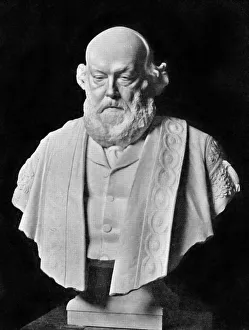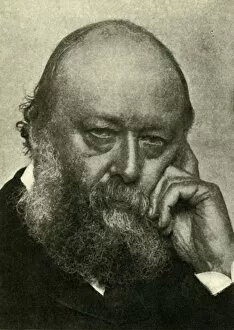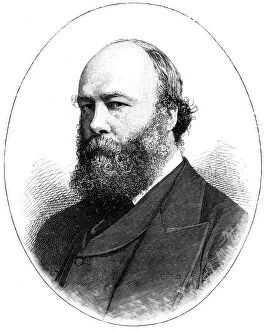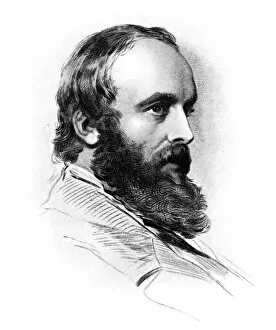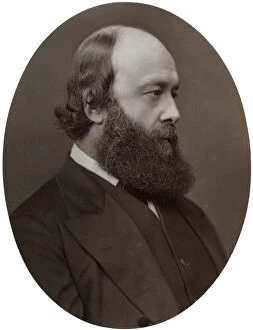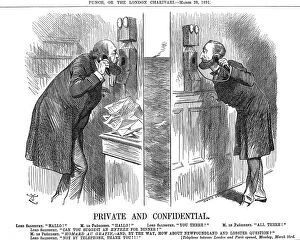Robert Arthur Talbot Collection
Robert Arthur Talbot, also known as the Marquess of Salisbury, was a prominent British statesman and Prime Minister in the early 20th century
All Professionally Made to Order for Quick Shipping
Robert Arthur Talbot, also known as the Marquess of Salisbury, was a prominent British statesman and Prime Minister in the early 20th century. Born in 1830, he served as Prime Minister from 1885 to 1902 and played a significant role in shaping British politics during his time. Throughout his career, Lord Salisbury was known for his astute leadership and diplomatic skills. He navigated through various political challenges with finesse, earning him the respect of both allies and adversaries alike. His tenure saw important events such as Sir William Harcourt announcing the resignation of Lord Rosebery's government in 1895. Lord Salisbury's contributions to British society were not limited to politics alone. He had a keen interest in art and culture, evident from portraits created by renowned artists like George Frampton and Albert Bruce-Joy. These artworks captured his distinguished presence and showcased his influence on Victorian society. His political prowess extended beyond domestic affairs; Lord Salisbury also engaged actively on an international level. Notably, he received civic receptions alongside fellow statesmen like Benjamin Disraeli (Lord Beaconsfield) at prestigious venues such as London's Guildhall in 1878. During Queen Victoria's reign, Lord Salisbury held key positions within the government that shaped Britain's policies domestically and abroad. His commitment to public service earned him great admiration among citizens who recognized him as one of their most noble leaders. Despite facing numerous challenges throughout his career, Lord Salisbury remained steadfast in pursuing what he believed was best for Great Britain. His legacy continues to be celebrated even today for his significant contributions to British politics during this transformative period.

